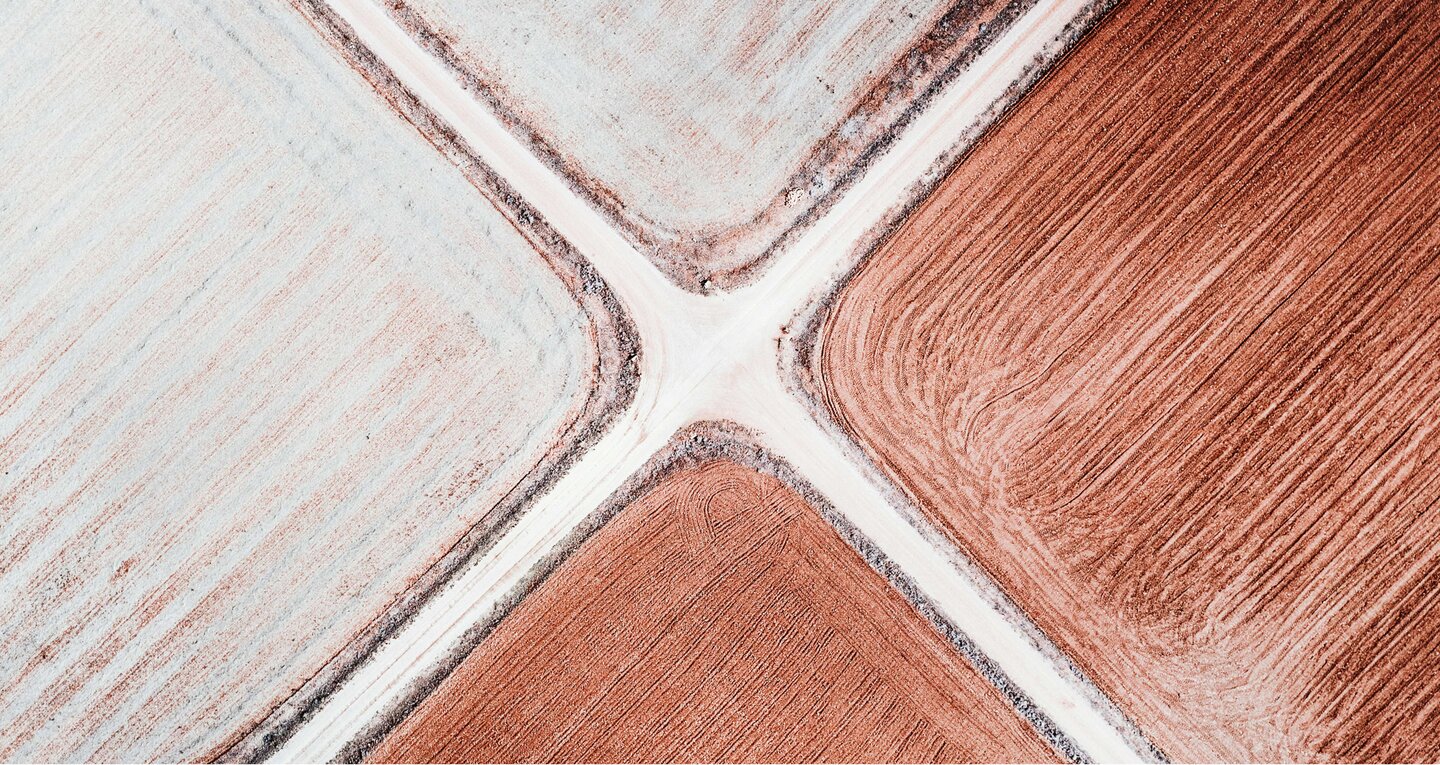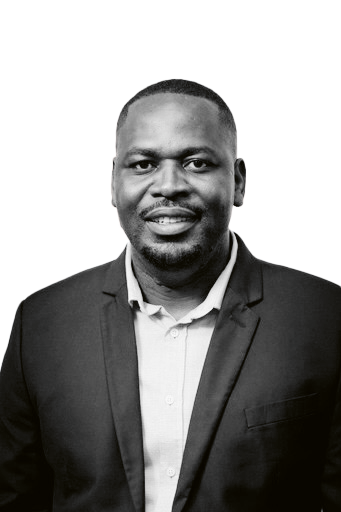


Africa’s mining sector is an ideal example of the once-in-a-lifetime opportunities facing the continent. Our actions will either create higher, more sustainable living standards or worsen inequality and conflict.


By Glen Nwaila

read time: 6 min
NEW DYNAMICS and new demands are reshaping mining operations and priorities in Africa’s mineral-rich countries.
Global economic inequality is a grey swan that casts a long shadow over access to resources and technology, thereby influencing mining operations and investments. Geopolitical tensions, also grey swans, introduce volatility that disrupts mining activities and global supply chains. The US-China trade war, for instance, caused significant commodity price fluctuations and supply disruptions, demonstrating the intricate interplay between geopolitics and mining.
The COVID-19 pandemic, a black swan event, laid bare the fragility of efficiency-orientated global supply chains and labour markets. A staggering 6.3% contraction in global trade volumes in 2020 alone directly impacted mining activities worldwide.
The appetite for investments in climate-change mitigation creates a looming green swan. Limiting global warming to 1.5°C requires profound reductions in carbon emissions, creating business opportunities in renewable energy. A decade ago, mining’s primary concern was transforming from labour-intensive operations to automation and operational efficiency. Growing stakeholder scrutiny, a green swan, now demands greater transparency, ethical practices and sustainable operations.
Amid these changes, Africa’s vast mineral wealth stands as a beacon of promise in the renewable energy sector. The continent holds about 30% of the world’s mineral resources and 19% of the metals needed for battery-powered electric vehicles (EVs) and other low-carbon infrastructure.
The Democratic Republic of Congo (DRC) stands out as a major source of cobalt – an element crucial for EV batteries – and contributes over 70% of global production. South Africa leads in the production of platinum and palladium, which are indispensable for hydrogen fuel cells and catalytic converters. These resources make the continent crucial to the broader energy transition. But it is not just about deriving maximum income, it is about deriving the maximum benefit from that income.

Economic swans impacting mining

A BLACK SWAN EVENT is an unpredictable, extremely rare, highly impactful event that is beyond the realm of normal expectations. Such events are characterised by widespread insistence that they were obvious in hindsight.

A GREEN SWAN EVENT is related to environmental and climate-orientated risks. It describes potentially catastrophic financial consequences due to environmental and climate change that are difficult to predict and manage.

GREY SWAN EVENTS are events that are unlikely, but still possible. They are more predictable than black swan events.

ADVANCING A MORE SUSTAINABLE INDUSTRY
Countries such as Botswana, Namibia and Rwanda have demonstrated the transformative power of mining, offering encouraging green shoots in the sector. Through the prudent management of diamond revenues, Botswana has achieved one of Africa’s highest per capita incomes, channelling resources into infrastructure, education and healthcare. Namibia’s uranium mines, such as Rössing and Husab, significantly contribute to global uranium supply, supporting clean energy initiatives. With its deposits of tantalum, tungsten, and tin (the triple Ts), Rwanda has developed a robust mining sector by implementing policies that formalise artisanal mining to achieve bipartite benefits and enhance local processing and refining.
Small-scale miners and new entrants bring innovation and competition to the minerals industry. Countries such as Namibia, Ghana, Zambia, Tanzania, Mali, Mozambique, Angola and the DRC are emerging as key players. These nations are not only rich in mineral resources, but are also adopting progressive policies to attract investment and promote sustainable mining practices. For instance, incentives for exploration activities in Ghana make it one of the few West African countries to offer rewards for developing projects for mining green minerals.
Efforts to streamline regulations and bolster transparency are gaining momentum. Recent revisions to Ghana’s mining laws illustrate a commitment to attracting investment while ensuring environmental stewardship, reflecting a broader trend across the continent. As the global rush for critical minerals increasingly drives exploration and investment in Africa, countries such as Ghana, Namibia and the DRC are emerging as pivotal players, thanks to policies that attract investment and promote sustainable mining practices. The Fraser Institute, an independent research company, counts Botswana among them thanks to its stable political environment and clear regulatory framework.
The industry’s future hinges on realising the value inherent in green technologies and renewable energy. Gold Fields’ South Deep mine in South Africa, for instance, partially harnesses solar energy to reduce its environmental footprint and reliance on energy supply chains, exemplifying a shift towards resilient and sustainable mining.

MOVES TO OVERCOME CONTINENT-WIDE CHALLENGES
One of the most pressing challenges facing Africa’s mining industry is building effective, efficient infrastructure for transporting ore, storing metals in process, and processing facilities. The lack of reliable transport routes can lead to significant delays and increased costs, undermining the competitiveness of African minerals in the global market. This ultimately damages export and trade relations with key partners.
The regulatory landscape across Africa is diverse, often complex, and highly variable, making it extremely challenging for mining companies to navigate. The absence of a common currency also stifles pan-African trade and creates an over-reliance on foreign currency.
Until the African Green Minerals Strategy (AGMS), currently in draft form, is implemented, there is no comprehensive policy to safeguard countries against exploitation by geopolitical partners such as the G7 and BRICS+ nations.
The AGMS also wants to take Africa’s role beyond that of a source to that of a source that also adds value. As such, the AGMS needs to foster research and development to establish a critical-mineral ecosystem that includes governance, finance, foreign engagement, academia, and the minerals industry.
This will ensure that nations and communities derive maximum benefit from the exploitation of their mineral resources. If not, it will be difficult to ensure sustainable operations, especially amid a deteriorating geopolitical climate and unreliable supply chains.

Platinum and palladium are
rarer than gold.
30x
EXPLOITING Africa’s minerals for AFRICA’s GOOD
Mining and value-adding processes can deliver much-needed economic resources for realising critical infrastructure. The risks posed by today’s green swans must be acknowledged and mitigated against for long-term advantage. Africa has often found itself on the cusp of an economic opportunity that slipped away before it could be grasped. This need not be the case with the possibilities presented by critical minerals and renewable energy.
In a country like South Africa, where the mining industry’s contribution to GDP is less than a third of what it was in the 1980s, it is crucial to realise that there will always be ups and downs. For investors across the continent, it is important to remember that investments are best made when the gains will be maximal; that is, when the cost of doing so is cheap.
A case can be formulated that now is such a time for investors in Africa’s critical minerals. Investment in African mining – with a clear intention to benefit local communities beyond subsistence – will allow countries to move past the beginning stages of socio-economic development into modernity.
African nations have been striving for better living standards, prosperity and stability for a very long time, but the bridge from mineral wealth to a better future has seemed intractably difficult to build. It is one that must be built from within. Africa must demonstrate that it is ripe for investment by committing to social and environmental responsibility and transparency – and by demonstrating that it is serious about constructing its own bridge to a sustainable future.






